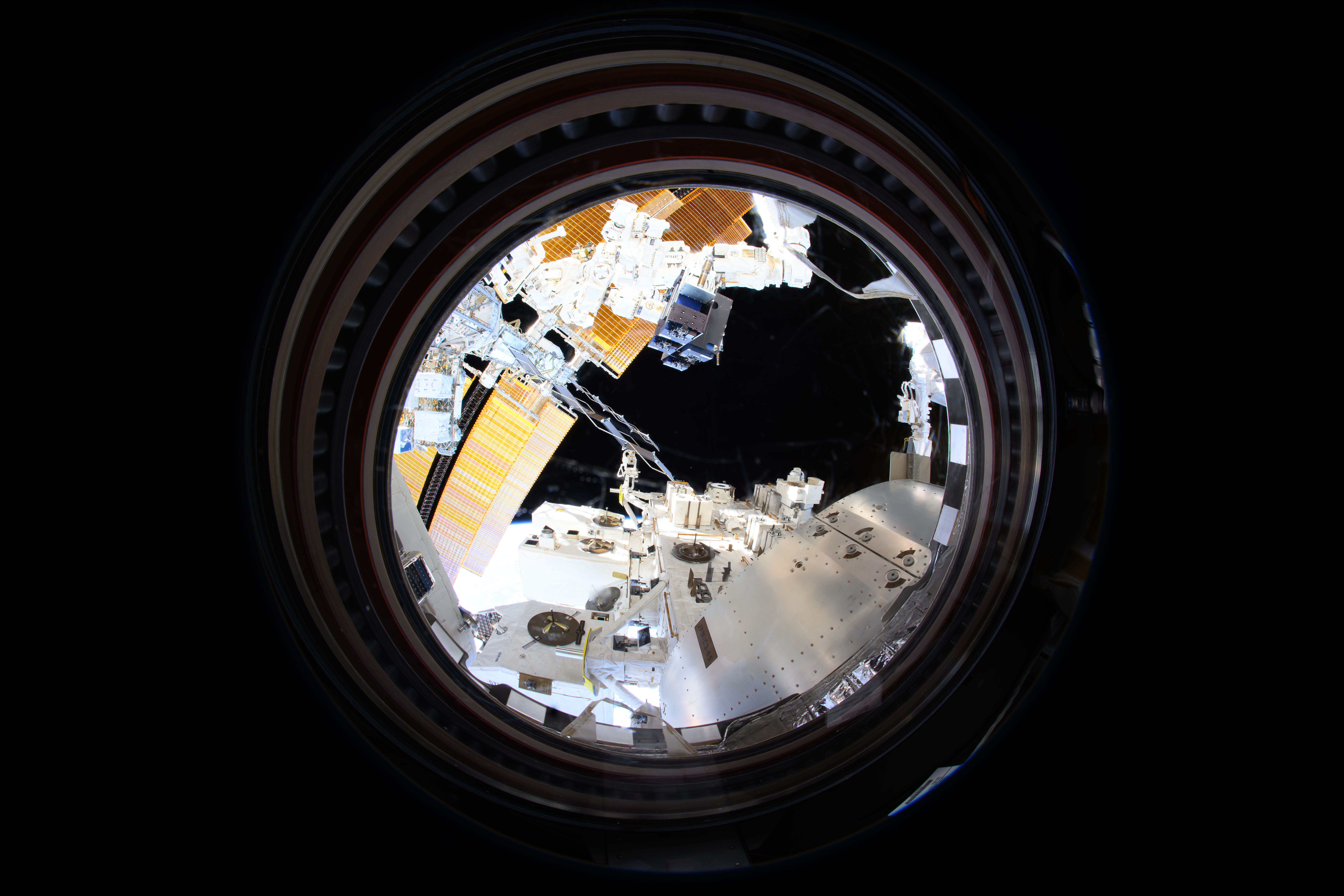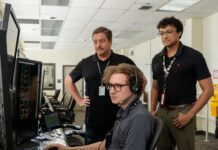Exploring the Materials ISS Experiment Flight Facility: Testing the Limits of Technology in Space
The Materials ISS Experiment Flight Facility, an innovative platform attached to the exterior of the International Space Station (ISS), provides an invaluable opportunity for scientists to study how various materials and devices perform and endure in the harsh conditions of space. By exposing these items to the unique challenges of the space environment—such as intense radiation, reactive atomic oxygen, the absence of gravity, and extreme temperature fluctuations—researchers can gain crucial insights into their behavior and longevity.
Understanding the Materials ISS Experiment Flight Facility
The core objective of the Materials ISS Experiment Flight Facility is to simulate the extreme conditions found in space to evaluate how different materials and technologies withstand these challenges over time. This testing is essential for advancing the development of materials that can be used in future space missions, satellites, and other aerospace applications. By understanding which materials can endure the unrelenting conditions of space, researchers can help design more reliable and efficient technologies for space exploration.
Current Research: MISSE-20-Commercial
At present, the facility houses a series of investigations, including the MISSE-20-Commercial suite. This project encompasses 12 separate experiments designed by various research teams, each aiming to explore different aspects of material science and technology in space.
A Closer Look at the SEAQUE Experiment
One of the most intriguing investigations within MISSE-20-Commercial is the Space Entanglement and Annealing Quantum Experiment, known as SEAQUE. This experiment focuses on testing two groundbreaking technologies that have the potential to revolutionize quantum communications.
1. Advanced Quantum Data Transmission
The first technology under examination is a new technique for transmitting quantum data. This method could pave the way for creating a scalable quantum information network, which would be foundational for developing quantum cloud computing. Quantum cloud computing is a cutting-edge technology that promises computational speeds millions of times faster than traditional computers. By successfully implementing this technology, researchers hope to unlock new capabilities in data processing and analysis.
2. Self-Healing Quantum Detectors
The second technology SEAQUE aims to validate involves a process known as laser annealing. This process allows quantum detectors to "self-heal" from radiation damage, which is a significant concern in the space environment. Radiation can severely affect the performance of sensitive quantum devices, limiting their operational lifespan. By enabling these detectors to self-repair, the technology could significantly extend their usability and efficiency, making them more viable for long-term space missions.
The Significance of Quantum Communications
Quantum communications represent a frontier in technology that could dramatically enhance how information is transmitted and processed. Unlike classical computers, which use bits as the smallest unit of data, quantum computers use quantum bits, or qubits. Qubits can exist in multiple states simultaneously, allowing for vastly superior processing power. However, the practical implementation of quantum communications faces numerous challenges, such as maintaining the coherence of qubits over long distances and protecting them from environmental interference.
Potential Impact of SEAQUE
If successful, the SEAQUE experiment could make significant strides in overcoming these challenges. A scalable quantum information network could lead to more secure communications, as quantum data is inherently difficult to intercept or decode without detection. Moreover, the development of quantum cloud computing could accelerate advancements in fields such as cryptography, material science, and artificial intelligence.
Additional Insights into the Space Environment
The space environment presents a unique set of conditions not found on Earth, which can have profound effects on materials and devices. Here are some of the key factors that the Materials ISS Experiment Flight Facility helps to examine:
- Radiation: Space is filled with high-energy particles that can cause damage to electronic equipment and materials. Understanding how materials respond to radiation can help in designing more resilient technologies.
- Atomic Oxygen: In low Earth orbit, atomic oxygen is highly reactive and can erode surfaces over time. Testing materials in this environment helps identify those that can withstand such degradation.
- Microgravity: The absence of gravity in space affects how materials behave, which can impact their structural integrity and functionality. Experiments in this environment help determine how materials will perform in space missions.
- Temperature Extremes: Space experiences drastic temperature variations, from the intense heat of sunlight to the extreme cold of shadowed areas. Testing helps ensure materials can endure these conditions without compromising performance.
Conclusion
The Materials ISS Experiment Flight Facility plays a critical role in advancing our understanding of how materials and technologies perform in space. The MISSE-20-Commercial investigations, particularly the SEAQUE experiment, represent a promising step forward in the field of quantum communications. By testing innovative technologies that could enable faster, more secure data transmission, these experiments contribute to the broader goal of enhancing the capabilities of future space missions and unlocking new possibilities in computing and communication.
For those interested in exploring the specifics of these experiments and their implications for the future of space exploration, the official NASA website provides in-depth information and updates on ongoing research and findings.
For more Information, Refer to this article.


































![Good Lock Features: Discover the Top Favorites [Exploring Good Lock ②] Unveiling the Most Popular Good Lock Features](https://www.hawkdive.com/media/samsung-mobile-good-lock-home-up-3-most-popular-features_thumb728-218x150.gif)